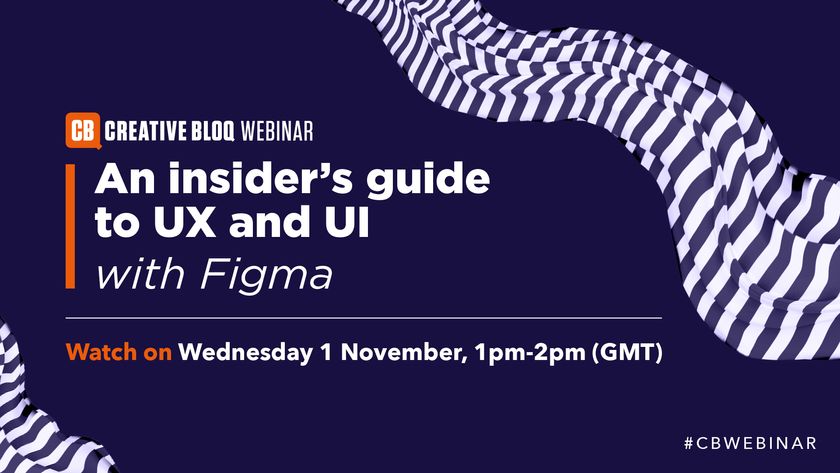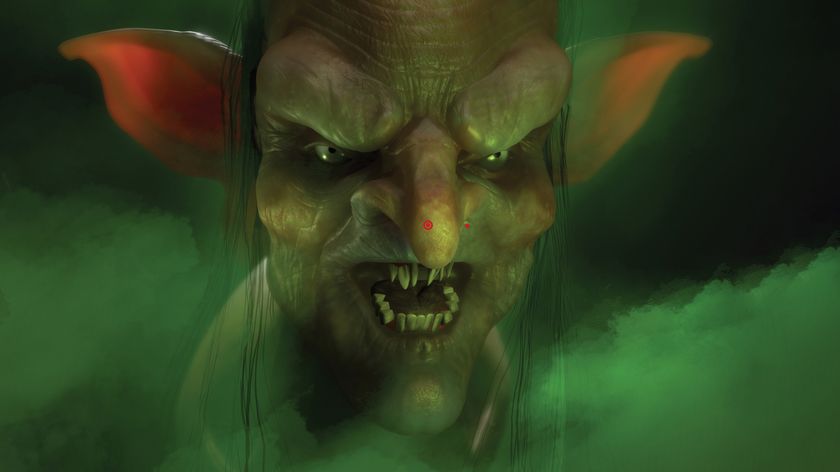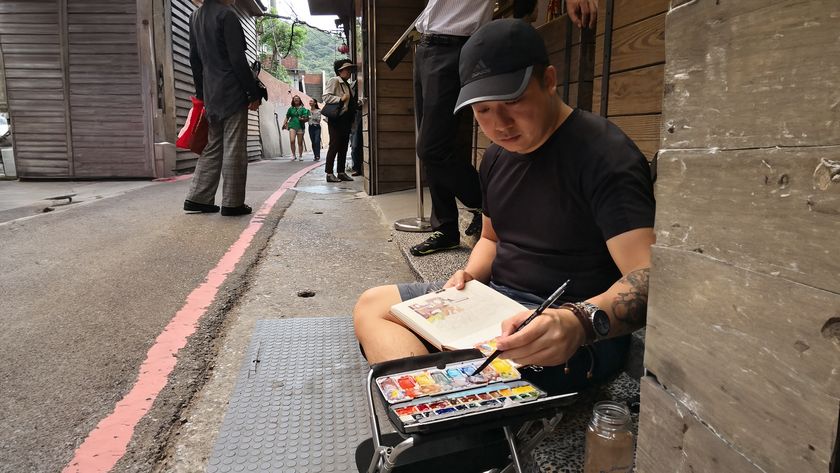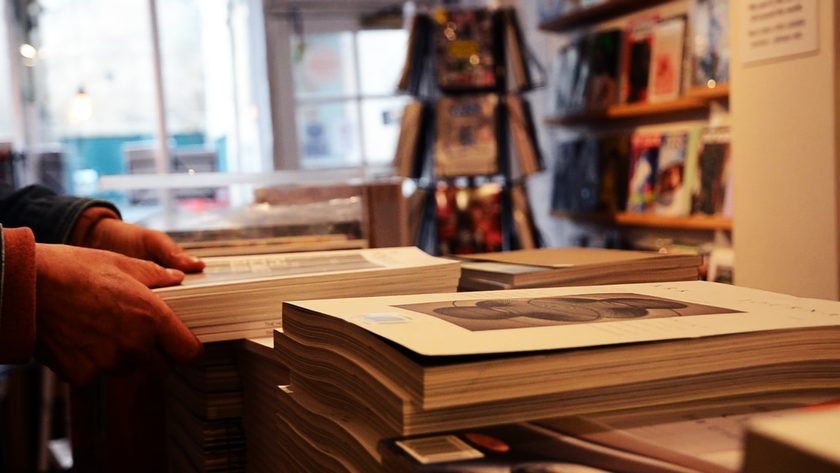Can good UX help end genocide?
UX for Good wants to change the world - and this year's project is its most ambitious yet, explains Jason Cranford Teague.
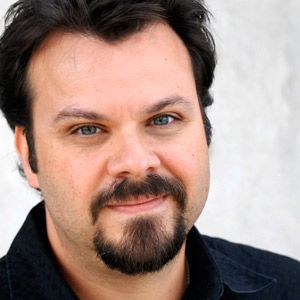
You don't have to be a social worker, diplomat, philanthropist, or other do-gooder to do good. The best way to affect change in the world is to apply your own skills to fixing the big gnarly problems the world faces.
For user experience (UX for short) professionals, like myself, this means bring our skills at creating the best user interfaces to bear. But we are always strongest when we work as a group.
Since 2011, UX for Good has worked to empower designers to solve problems to make the world a better place. UX For Good has tackled some difficult problems over the years, such as raising awareness.
Previously, the challenge was to improve the income of working musicians in New Orleans. The designers' answer was "Tip the Band," a collection of tactics and tools to encourage and enable visitors to support musicians.
The problem this year is the biggest yet: can we harness feelings to end geonocide? For this year's annual challenge, UX For Good is working with Aegis Trust, which established the Kigali Genocide Memorial on behalf of the Rwandan people in 2004.
More than a museum or shrine, the memorial serves as the final resting place for 250,000 victims of the 1994 genocide.
Powerful feelings
Like genocide memorials around the world, the Kigali Genocide Memorial site produces powerful feelings in all who visit it. UX designers have a unique capacity to understand the steps that take place between emotion and action. In Kigali, we'll ask them to apply that skill set on behalf of all humankind.
As part of the Annual Challenge, UX designers from across the globe will visit Kigali for several days of exploration, research and debate. Then the team will reconvene in London, where they'll design an original way to translate the feelings evoked by genocide memorials into sustainable action.
Finally, they'll share their findings to leaders from Aegis and other advocates for human dignity.
If you want to get involved in UX for Good then head to the website today to learn more.
Words: Jason Cranford Teague
Jason Cranford Teague combines creative and technical know-how to help people communicate online.

Thank you for reading 5 articles this month* Join now for unlimited access
Enjoy your first month for just £1 / $1 / €1
*Read 5 free articles per month without a subscription

Join now for unlimited access
Try first month for just £1 / $1 / €1
Get the Creative Bloq Newsletter
Daily design news, reviews, how-tos and more, as picked by the editors.
The Creative Bloq team is made up of a group of design fans, and has changed and evolved since Creative Bloq began back in 2012. The current website team consists of eight full-time members of staff: Editor Georgia Coggan, Deputy Editor Rosie Hilder, Ecommerce Editor Beren Neale, Senior News Editor Daniel Piper, Editor, Digital Art and 3D Ian Dean, Tech Reviews Editor Erlingur Einarsson and Ecommerce Writer Beth Nicholls and Staff Writer Natalie Fear, as well as a roster of freelancers from around the world. The 3D World and ImagineFX magazine teams also pitch in, ensuring that content from 3D World and ImagineFX is represented on Creative Bloq.





